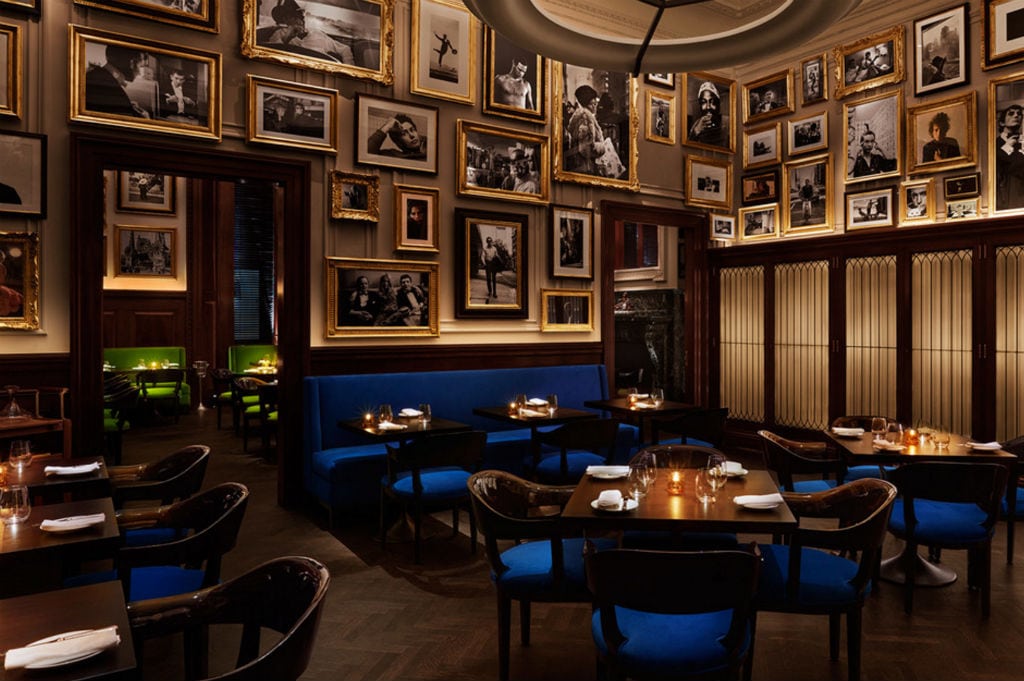7 Hotel Industry Experts on What It Means to Be Relevant Right Now

Skift Take
Brands refreshes are nothing new in the hotel industry, but what qualities make a hotel relevant today? Several industry experts weigh in on things like technology, design and how consumer behavior affects the ways in which trends get implemented.
The reinvention of and refreshing of a brand’s image is no new phenomenon, but there are some key markers making this particular stretch a particularly interesting competition to watch.
“The difference between having this conversation 20 years ago and now is the fact that the pace of change is exponentially faster,” says Peter Yesawich, vice chairman, MMGY Global.
“The other reason we’re really excited is that the industry is more focused on this now...that for the first time I think in a long time, the owners, operators and developers of hotels are beginning to realize that the next generation of customers is really quite different than the generation of customers that they traditionally catered to.”
Skift spoke with hotel industry experts to assess what it means to be relevant in today’s hotel industry and what are some of the factors driving those changes.
Ron Vlasic, regional VP, Kimpton
